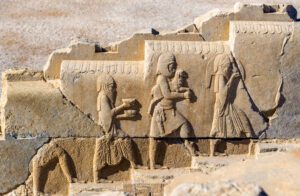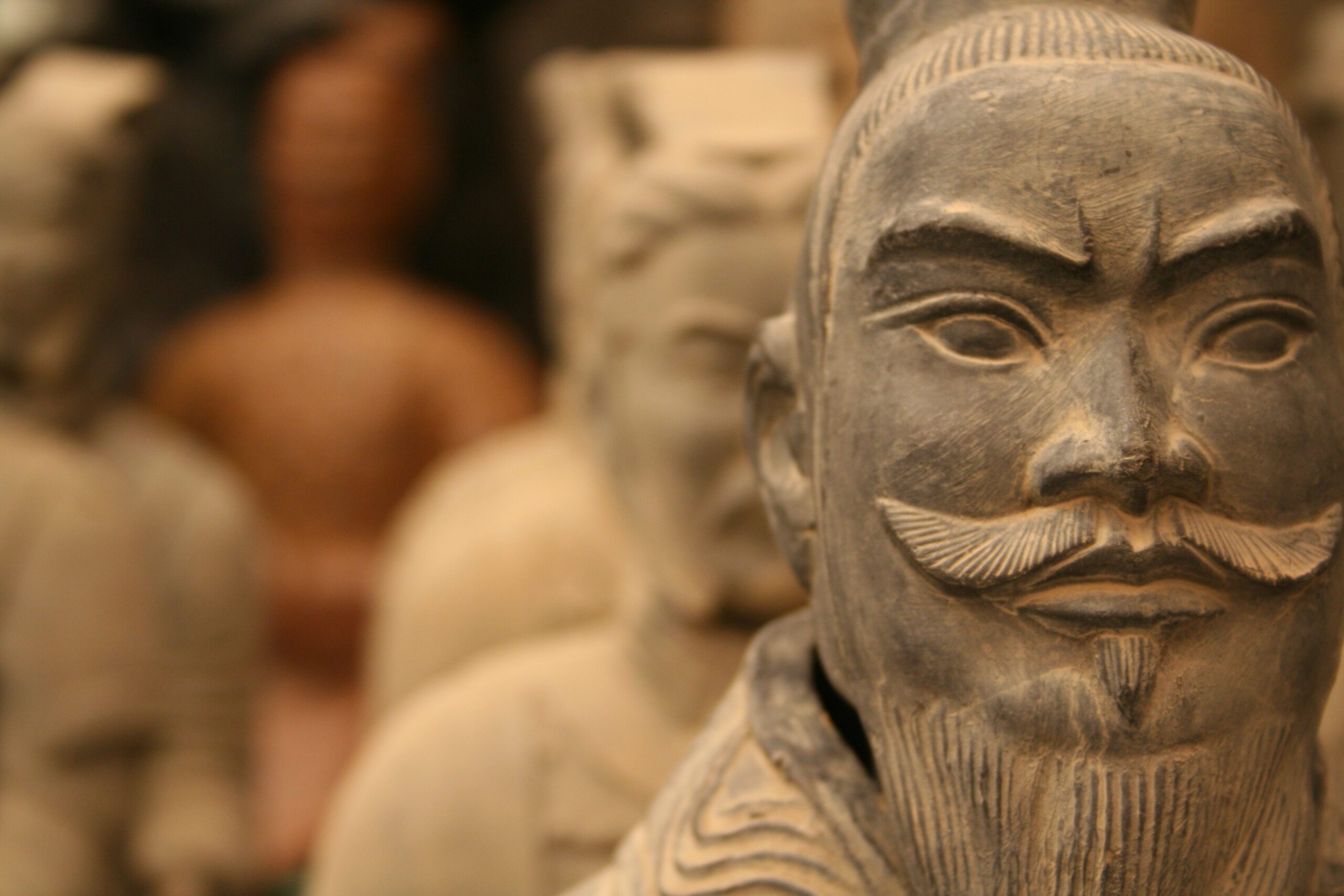Imagine standing in the heart of Mohenjo-Daro or Harappa, two of the most prominent cities of the Indus Valley civilization, circa 2600 BCE. The urban landscape before you is unlike anything seen in the ancient world, a testament to meticulous planning and organization. At the core of this remarkable urban design lies the grid plan, a revolutionary concept that laid the foundation for modern city layouts.

- The Birth of Urban Planning: The grid plan is a hallmark of urban planning that emerged during the Bronze Age in the Indus Valley civilization. These ancient cities were characterized by their geometric precision, with streets laid out in a north-south and east-west grid pattern.
- A Bird’s Eye View: Imagine viewing these cities from above, and you’d notice a striking resemblance to a checkerboard. Streets intersected at right angles, dividing the cities into uniform blocks, or what we would call city blocks today.
- Straight and Narrow: Streets in Mohenjo-Daro and Harappa were remarkably straight, a feat that required advanced surveying techniques. This grid-like arrangement allowed for efficient navigation and optimal land use.
- Organized Neighborhoods: The grid plan wasn’t merely about aesthetics; it had practical implications. Neighborhoods were organized systematically, making it easier to allocate resources, plan infrastructure, and manage the growing population.
- Residential Harmony: Within each block, houses and buildings were evenly spaced. This uniformity promoted a sense of order and harmony within the community.
- Infrastructure Advancements: The grid plan necessitated a well-structured drainage system, with channels running alongside the streets to manage wastewater and rainwater. This innovation ensured cleanliness and hygiene.
- Accessibility and Trade: The grid layout facilitated accessibility, not only within the city but also to external trade routes. Straight streets provided easy access for traders and merchants, fostering economic growth.
- Cultural Significance: The grid plan reflects the high level of organization and central authority in these ancient cities. It suggests a society that valued order and urban development.
- Urban Evolution: Mohenjo-Daro and Harappa were at the forefront of urban planning in their time. Their layout paved the way for future cities, influencing urban design throughout history.
- Legacy: While these ancient cities eventually declined, the legacy of their grid plan endures. Modern cities around the world owe a debt to the innovation and foresight of the Indus Valley civilization.


In conclusion, the grid plan of Mohenjo-Daro and Harappa is a testament to the remarkable achievements of the Indus Valley civilization. It exemplifies their forward-thinking urban planning, emphasizing order, cleanliness, and accessibility. This ancient innovation laid the groundwork for the cities we inhabit today, a testament to the enduring impact of this early urban design.






